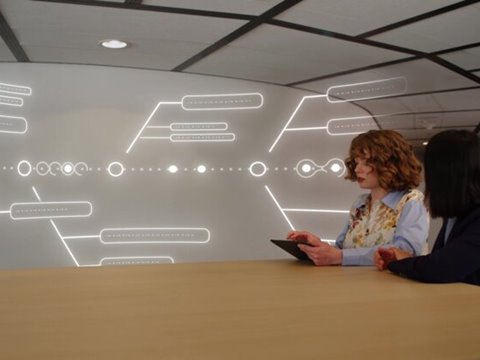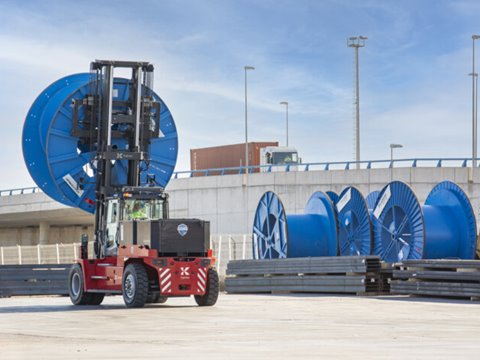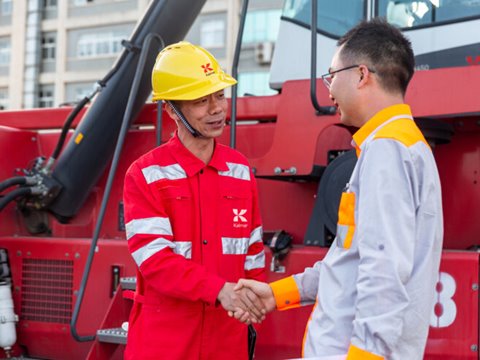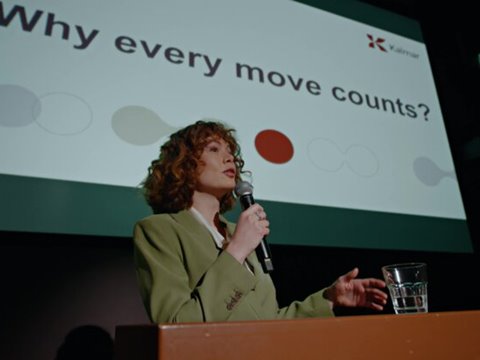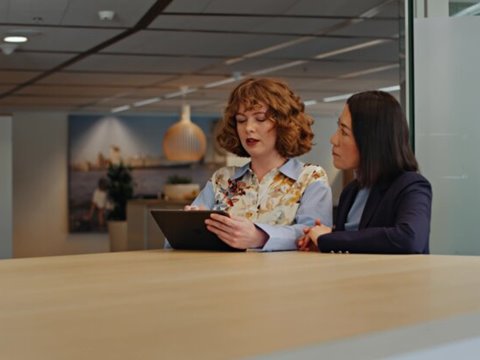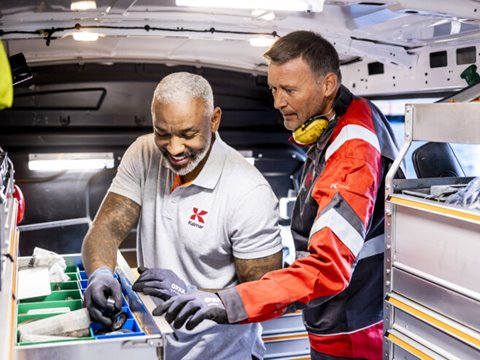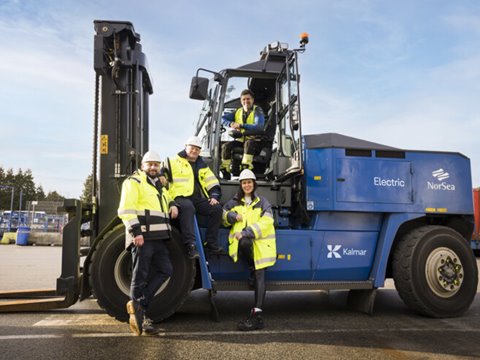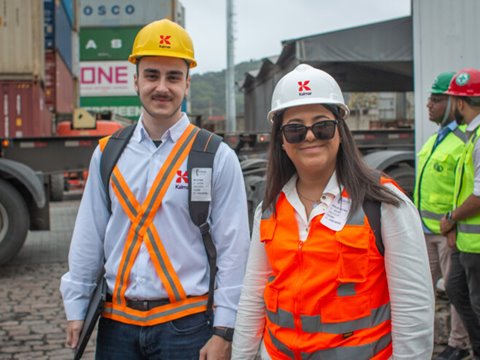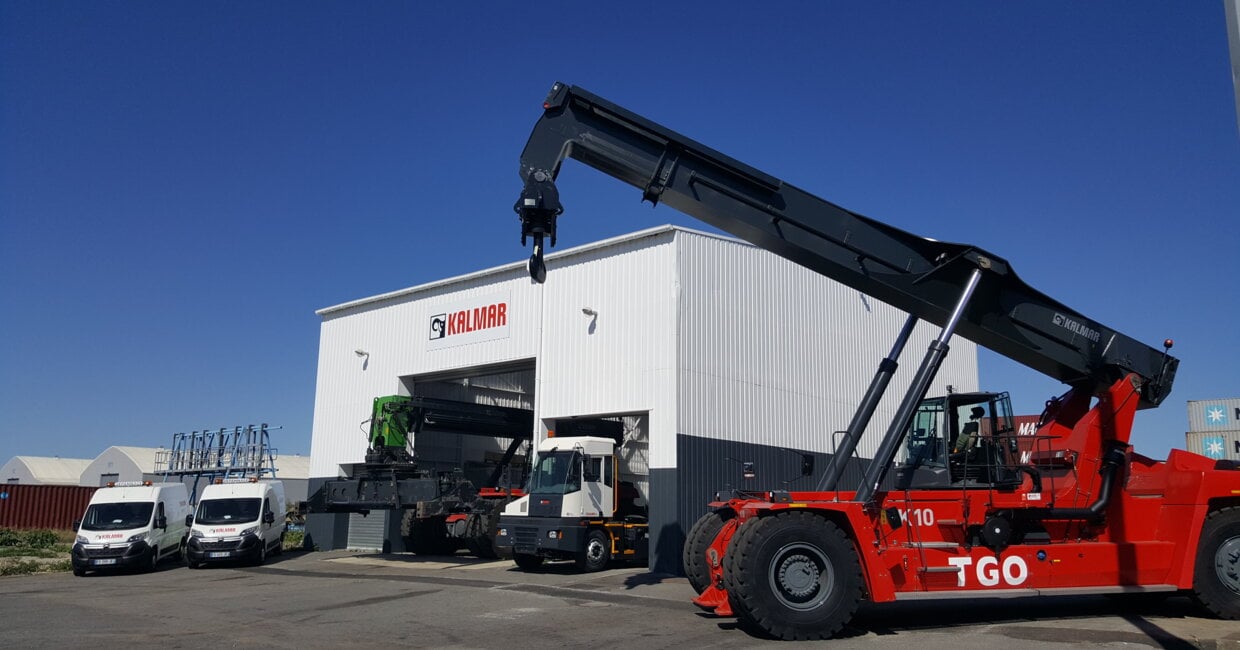
Kalmar helps keep France’s transatlantic traffic moving
A comprehensive service agreement is minimising operational downtime and increasing efficiency at Terminal du Grand Ouest.
Established in 2011, Terminal du Grand Ouest manages all container vessel calls at the Port of Nantes-Saint Nazaire, which represented 200,000 TEUs in 2018. Terminal du Grand Ouest also handles stevedoring general cargo vessels calling at the Port of Montoir-de-Bretagne or Saint-Nazaire, where 360,000 tons of general cargo passed through last year. Nantes-Saint Nazaire is the leading port on France’s Atlantic seaboard, extending over 65 kilometres along the Loire estuary.
Earlier this year, a Kalmar Care service agreement was signed with Terminal du Grand Ouest, which uses Kalmar reachstackers, as well as terminal tractors and forklifts from other vendors. It’s a five-year agreement covering maintenance requirements for all equipment operated by the terminal.
Kalmar Care covers all essential services for maintaining and supporting equipment, improving operational efficiency, financial predictability and reducing the total cost of ownership, whether the customer has in-house or outsourced maintenance operations.
"Kalmar has become a trusted partner."
“Kalmar has become a trusted partner,” explains Olivier Hamelet, Maintenance Manager at Terminal du Grand Ouest. “Having a dedicated Kalmar Care team in the terminal helps us to improve safety, performance and productivity and cost efficiency of the terminal’s maintenance operations.
The agreement with Terminal du Grand Ouest is a demonstration of Kalmar's ability to support customers with complex maintenance needs adds Hervé Helluin, Site Manager at Kalmar France.
“By combining our world-class maintenance expertise and flexible approach, we can help customers take their service operations to the next level by enabling them to improve reliability and reduce total cost of ownership and equipment downtime, and importantly, help them improve the safety of their operations,” says Helluin.
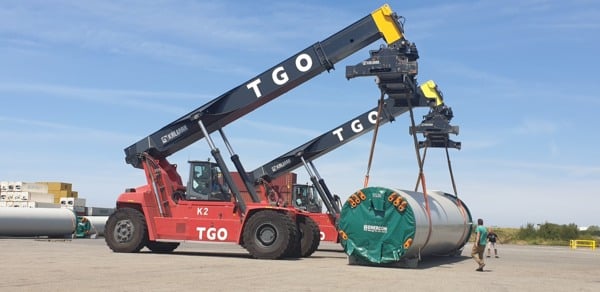
Related articles
Further reading
Subscribe and receive updates in your email
Subscribe